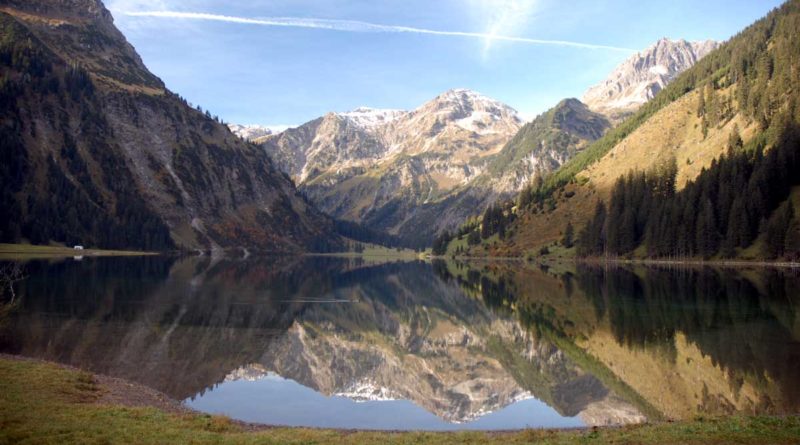Faces of the World: The Art of Portraiture in Travel Photography
“To photograph people is to violate them, by seeing them as they never see themselves, by having knowledge of them that they can never have; it turns people into objects that can be symbolically possessed.”
— Susan Sontag, On Photography
Travel photography encapsulates the beauty, rawness, and diversity of our world. Among the landscapes, monuments, and cityscapes, there lies the art of portraiture – capturing the very essence of the people that inhabit these worlds. Just as a gambler feels the allure of platforms like Woo Casino, a photographer is drawn to the challenge and reward of portraying the myriad faces they encounter during their travels. Portraiture in travel photography is not just about snapping a picture; it’s about telling a story, preserving a moment, and revealing the soul of a subject.
The Significance of Portraiture in Travel Photography
- Connection to the Land: The people of a region are the living embodiment of its history, culture, and traditions. A portrait can communicate a connection between the land and its inhabitants, revealing a deeper understanding of a place.
- Documenting Diversity: Our world is a mosaic of different faces, each telling a unique story. Portraiture captures this diversity, allowing viewers to witness the vast spectrum of human experiences.
- Building Empathy: A well-captured portrait can evoke emotion and create a bridge of understanding between the viewer and the subject. It humanizes different cultures and challenges our prejudices.
Techniques for Capturing Authentic Portraits
- Engage with Your Subject: Before even lifting the camera, engage with your subject. A conversation, a smile, or a gesture can ease the initial awkwardness, leading to a more natural pose.
- Natural Light: Using natural light can offer a soft, even, and organic illumination to the subject, emphasizing authenticity.
- Capture Candid Moments: Instead of posed shots, capture spontaneous moments. Candid shots reveal genuine emotions and the true essence of the subject.
- The Eyes Have It: The eyes often convey emotion and depth. By focusing on the eyes, you create an immediate point of connection for the viewer.
- Perspective and Angle: Experiment with different perspectives. Shooting from a low angle can convey power and majesty, while a high angle might reveal vulnerability.
Ethical Considerations
- Permission is Paramount: Always seek permission before taking a portrait. This shows respect for the individual and acknowledges them as a person, not just a subject.
- Avoid Stereotyping: It’s easy to fall into the trap of capturing clichéd images that perpetuate stereotypes. Challenge yourself to go beyond the obvious and showcase the multifaceted nature of individuals.
- Be Sensitive to Cultural Norms: In some cultures, it’s taboo to capture images of certain individuals or in specific settings. Educate yourself about these nuances to avoid offending or intruding.
The Impact on the Photographer
- Personal Growth: Engaging with different people around the world broadens the photographer’s horizons, challenges their biases, and fosters personal growth.
- Building Relationships: Many photographers form lasting bonds with their subjects, leading to enriching personal connections that go beyond the frame.
- Learning Stories: Every face has a story. Photographers are privileged to hear and capture these tales, often learning more about the world and humanity in the process.
In Conclusion
Portraiture in travel photography is a dance of light, emotion, and connection. It challenges the photographer to look beyond the face and delve deep into the soul of the subject. By understanding the techniques, being aware of ethical considerations, and reflecting on the personal impact of the art, photographers can elevate their portraits from mere images to profound narratives. In the vast world of travel photography, portraiture stands as a testament to the diverse and unified nature of humanity.

